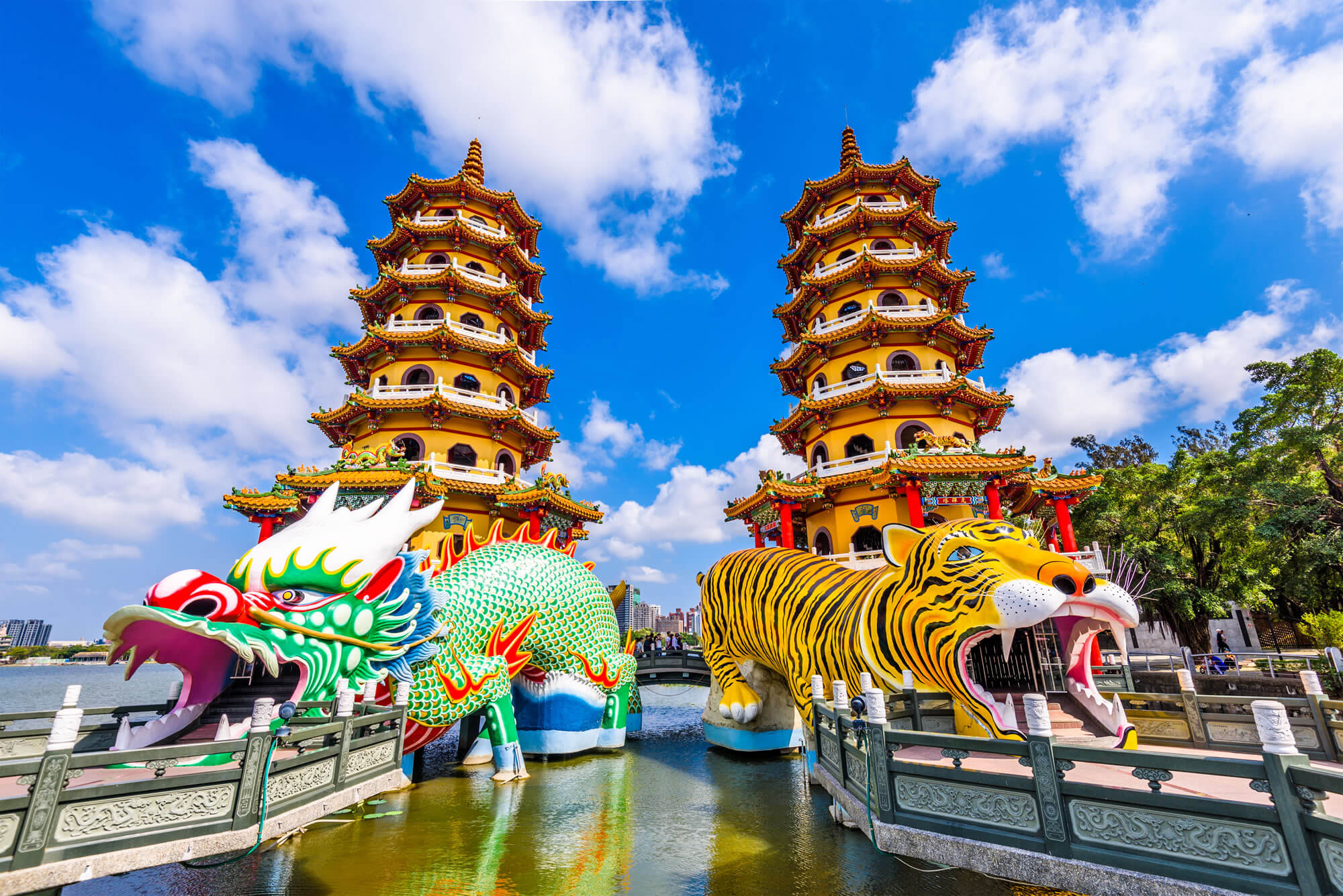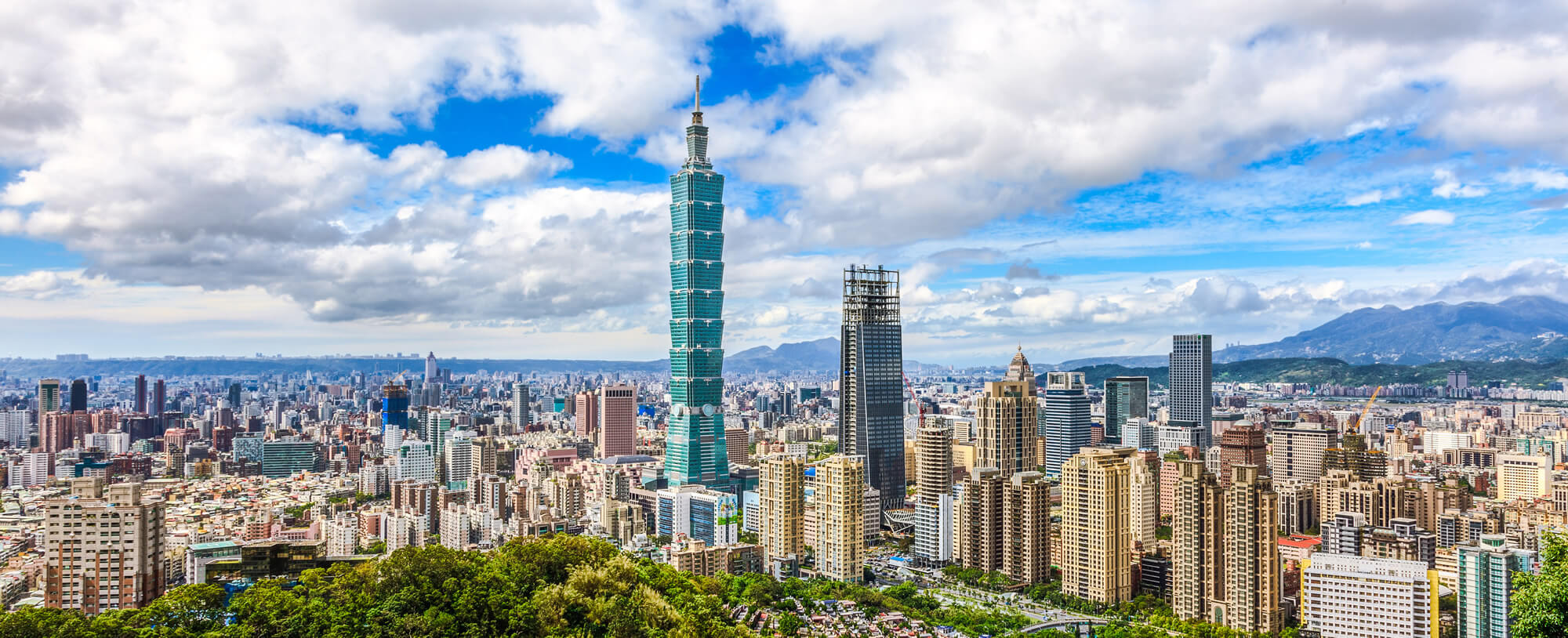Taiwan is an island country lies between China and Japan, but it is currently not recognized as an official country in the World, as it is claimed by the Republic of China (ROC).
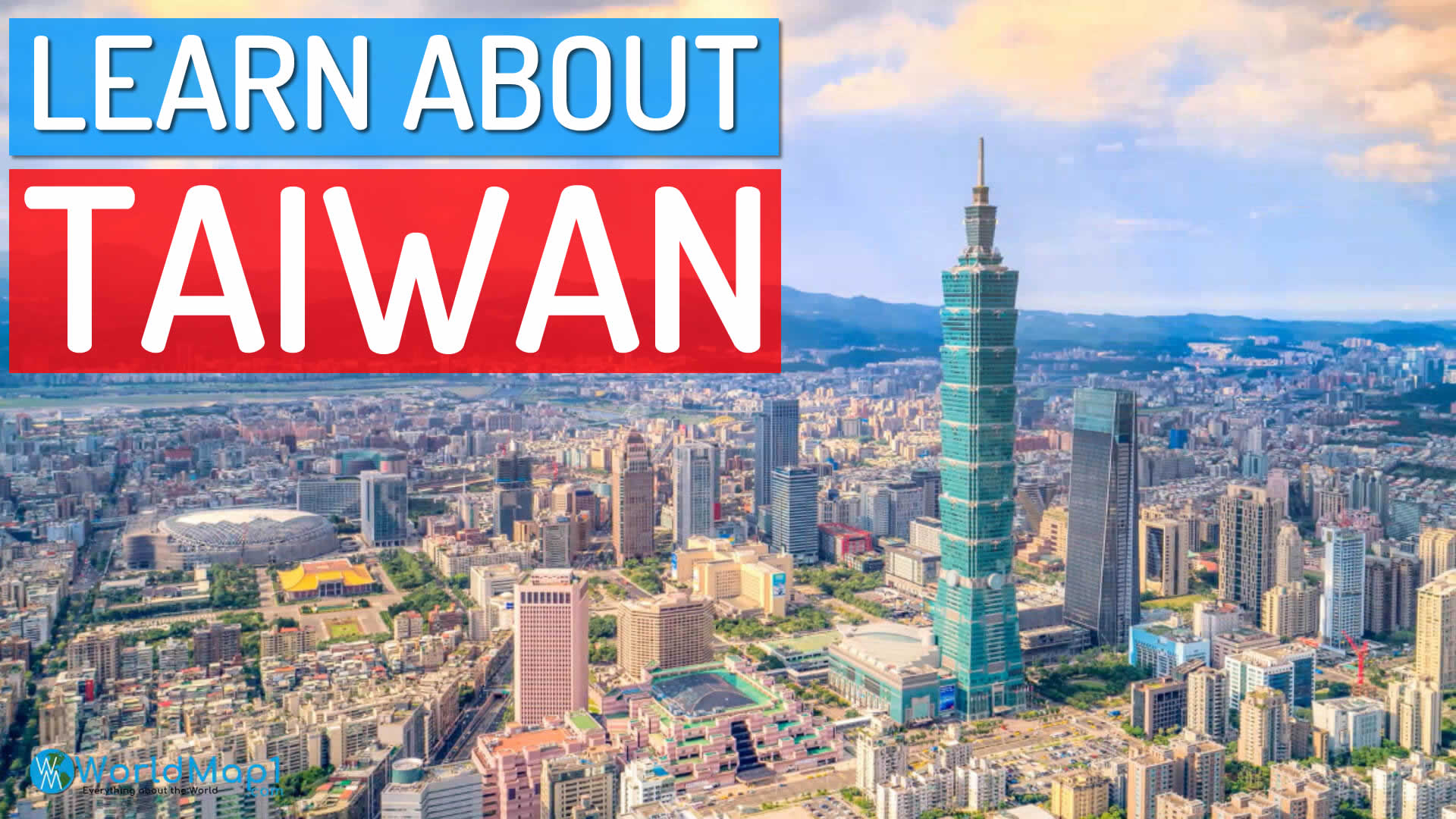
Watch Now Where is Taiwan in Asia, Is Taiwan US Ally?
Please subscribe on “World Guide” channnel on Youtube at youtube.com/c/WorldGuide
Geography
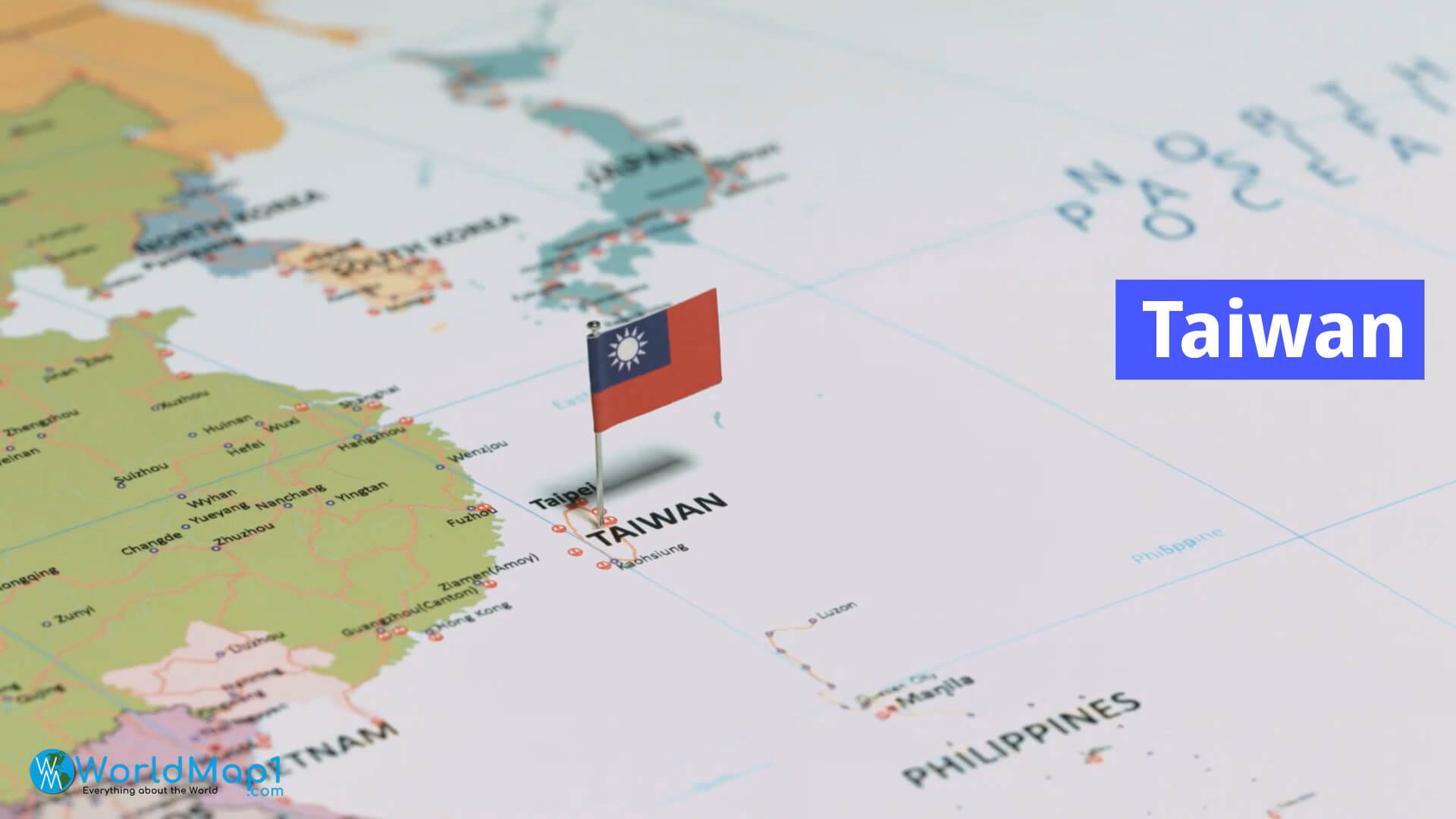
The main island of Taiwan, known historically as Formosa, makes up 99% of the territory controlled by the Republic of China (ROC). The archipelago includes the Penghu Islands in the Taiwan Strait, about 100 kilometers to its west. The ROC also claims the Diaoyutai Islands (Diaoyutai Islands) and Pratas Island in the South China Sea. Mainland China, officially known as the People’s Republic of China (PRC), claims all
Area
Taiwan consists of approximately 39 islands and islets, with a total area of around 35,808 square kilometers. The main island of Taiwan is 13,892 square kilometers.
The north part of the island is mountainous, with the Central Mountain Range running from the north to the south. The plains extend along both coasts.
The highest point on Main Island is Yu Shan at 3,952 meters.
Taiwan’s History
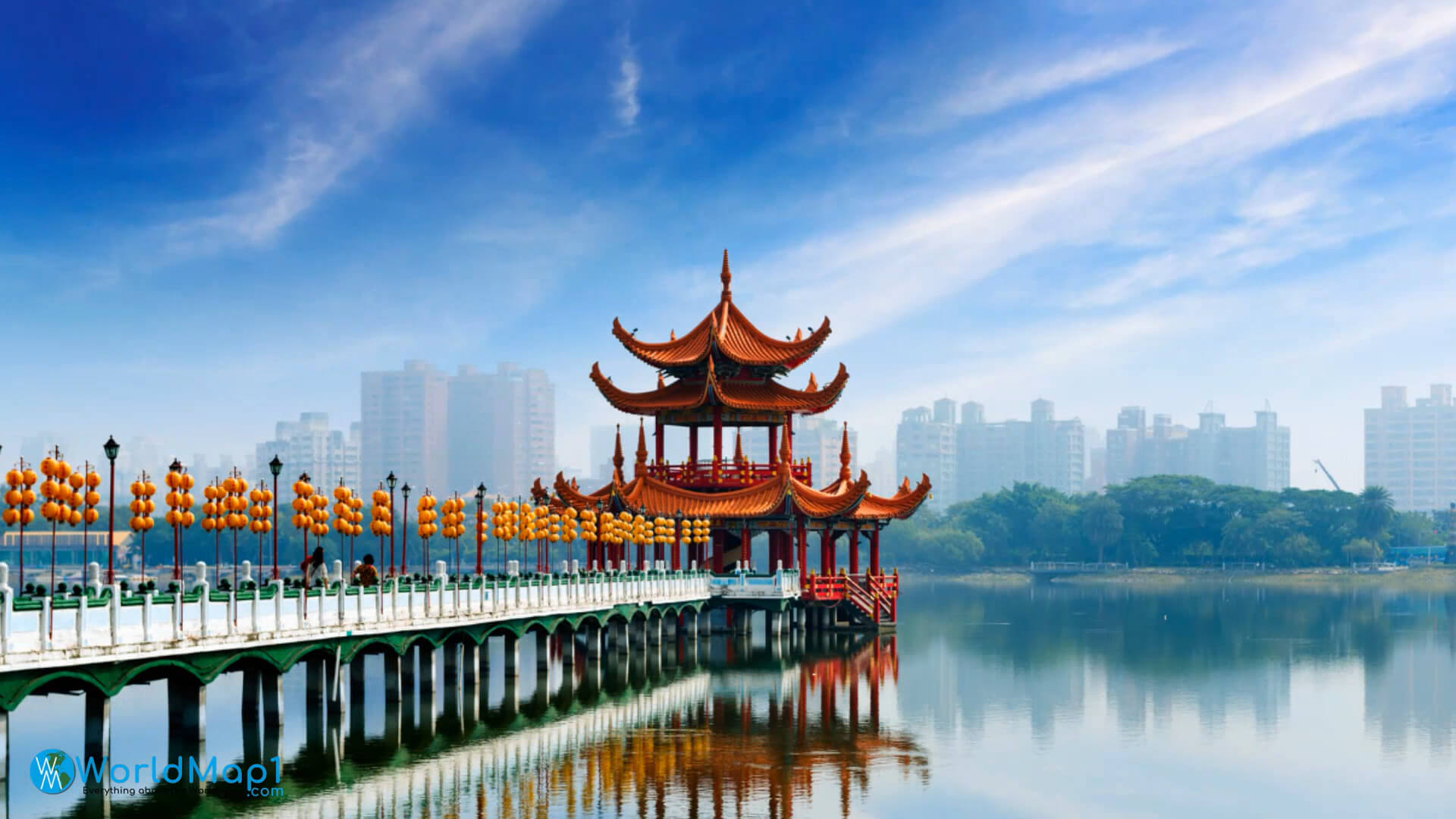
Taiwan has had a long and complex relationship with China. Its modern history is also complex because it was ruled by Japan before the end of World War II.
Taiwan was colonized by the Dutch in the 17th century, then the Spanish in the 18th century, but was ceded to Japan following China’s defeat in 1895 during the Sino-Japanese War. The Japanese ruled Taiwan until 1945 when they were defeated by Allied forces at the end of World War II. At that point, Taiwan became part of China once again, but due to political tensions between Taipei and Beijing this arrangement did not last long—the Chinese Civil War ended with a Communist victory led by Mao Zedong (Mao Tse-tung) over Chiang Kai-shek’s Nationalist Party forces based on mainland China (who retreated to Taiwan).
Taiwan then became an independent state with its own government, a fact that China has never recognized. The Chinese Communist Party declared in 1949 that it would liberate Taiwan from foreign rule and reunify the country, making it clear that it still considered Taiwan to be part of China. Since then, Taiwan has developed its own distinct identity as a nation separate from mainland China.
The People’s Republic of China and the Republic of China (Taiwan) disagree over who is the true government of “China.”
The People’s Republic of China (PRC) claims that Taiwan is a part of its territory, while the Republic of China (ROC) governed by the Kuomintang (KMT) party has governed Taiwan since 1949. The PRC believes that Taiwan should be reunited with mainland China, and it has threatened to attack if peaceful means fail to achieve this goal. Due to their respective governments’ differing claims on which is the legitimate Chinese government, they are unable to resolve their differences peacefully through dialogue.
The PRC was founded in 1949 after Mao Zedong led his communist army across northern China and defeated Chiang Kai-shek’s KMT forces in the Chinese Civil War. In 1971, U.S President Nixon visited Beijing for secret talks with Chairman Mao Zedong about establishing diplomatic ties between their two nations after decades of hostility arising out of conflicts over ideology during World War II including Korea which resulted in millions dead or wounded in both sides without resolving anything once peace was reached next door at Panmunjom between North Korea vs South Korea so why wouldn’t you expect similar results from WWII?
China claims Taiwan as its province.
China has never renounced the use of force to bring Taiwan under its control, and public opinion in China favors maintaining the “status quo” that exists now. The United States does not recognize Chinese sovereignty over Taiwan, but it does acknowledge the government of China’s claim to the island and pledges to maintain American relations with both countries. Taiwan officially claims to be an independent nation and has never been formally annexed by China.
However, despite their differing views on official status, there seems little doubt that most people living in Taiwan identify themselves with this island country rather than with mainland China. In fact, many would say that they feel more like foreigners when visiting mainland China than they do when visiting other countries around Asia where Taiwanese culture is prominent (e.g., Japan). As a result of these feelings about national identity and regional belongingness, some scholars have proposed using terms like “Taiwanese people” or simply referring back to historical records in order not only to avoid confusion but also to acknowledge a truth: while political recognition may change over time (and frequently does), cultural identity can persist even without legal recognition from external actors such as nations-states like those discussed above.”
Military
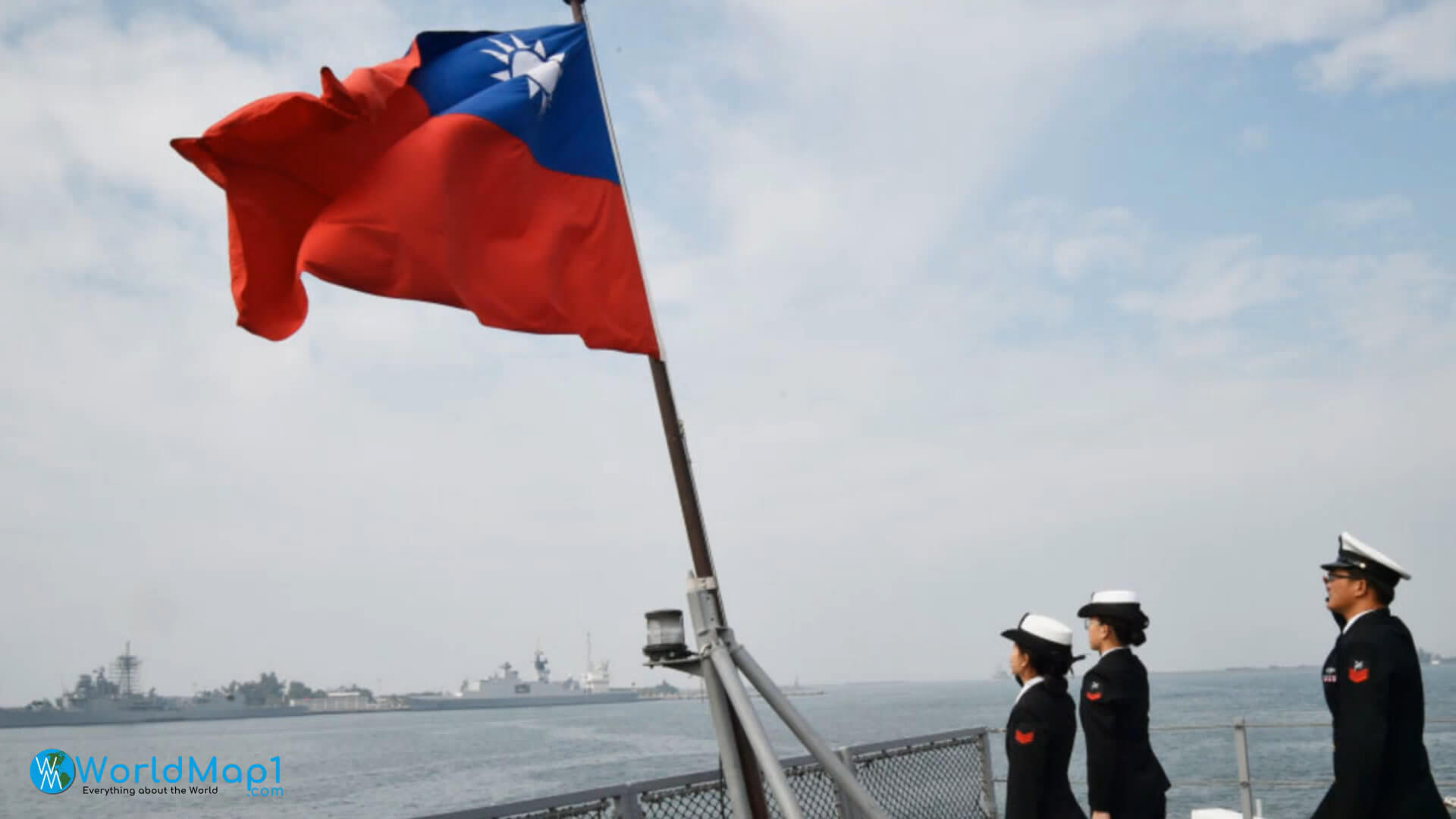
The ROC and the United States signed the Sino-American Mutual Defense Treaty in 1954 and established the United States Taiwan Defense Command. About 30,000 US troops were stationed in Taiwan until the United States established diplomatic relations with the PRC in 1979.
There is no guarantee in the Taiwan Relations Act or any other treaty that the United States will defend Taiwan, even in the event of invasion. The joint declaration on security between the US and Japan signed in 1996 may imply that Japan would be involved in any response. However, Japan has refused to stipulate whether the “area surrounding Japan” mentioned in the pact includes Taiwan, and the precise purpose of the pact is unclear. Australia, New Zealand, United States Security Treaty (ANZUS Treaty) may mean that other US allies, such as Australia, could theoretically be involved. While this would risk damaging economic ties with China, a conflict over Taiwan could lead to an economic blockade of China by a greater coalition.
Economy
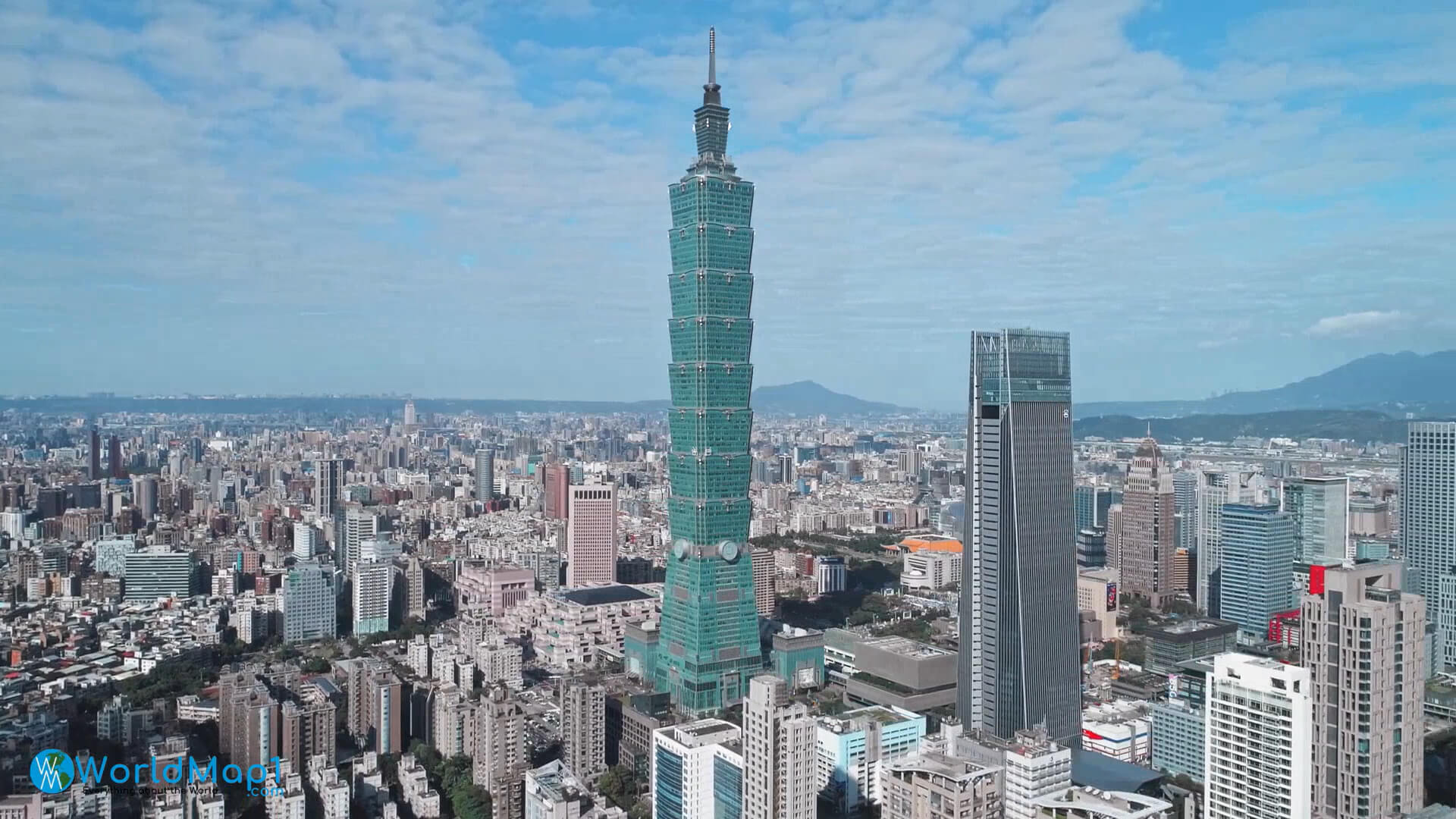
Taiwan is the 11th largest exporter in the world and its main exports are semiconductors, machines, vehicles, and petrochemicals.
Taiwan’s economic boom in the 1980s resulted in rapid industrialization and modernization of the island’s economy.
Taiwan is one of several countries that maintain onshore banking systems that serve as offshore banking centers.
Recently, many service industries have also begun to emerge such as finance, information technology, and research and development, which have become the primary industries in Taiwan.
The service sector constitutes the majority of Taiwan’s GDP at 72%, whereas the industrial sector accounts for 26% of GDP.
The top 10 contributors to Taiwan’s export revenue are China (including Hong Kong), Japan, South Korea, the United States, Singapore, Germany, the Philippines, Indonesia, Malaysia, and Thailand.
In 2007, agriculture made up only 2% of Taiwan’s GDP or approximately $4 billion USD.
GDP & Per Capita
• GDP (nominal) 2022 Estimate: $841 billion (World Ranking: 21st)
• Per capita: $36,051 (World Ranking: 31st)
Taiwan’s Currency
New Taiwan dollar (NT$) (TWD)
1 USD = 30.0228 TWD Aug 5, 2022
1 USD = 29.9493 TWD Aug 8, 2012
Taiwan’s Calling Code
+886
Taiwan’s Internet TLD
.tw
Driving Side
Right
Taiwan Demographics
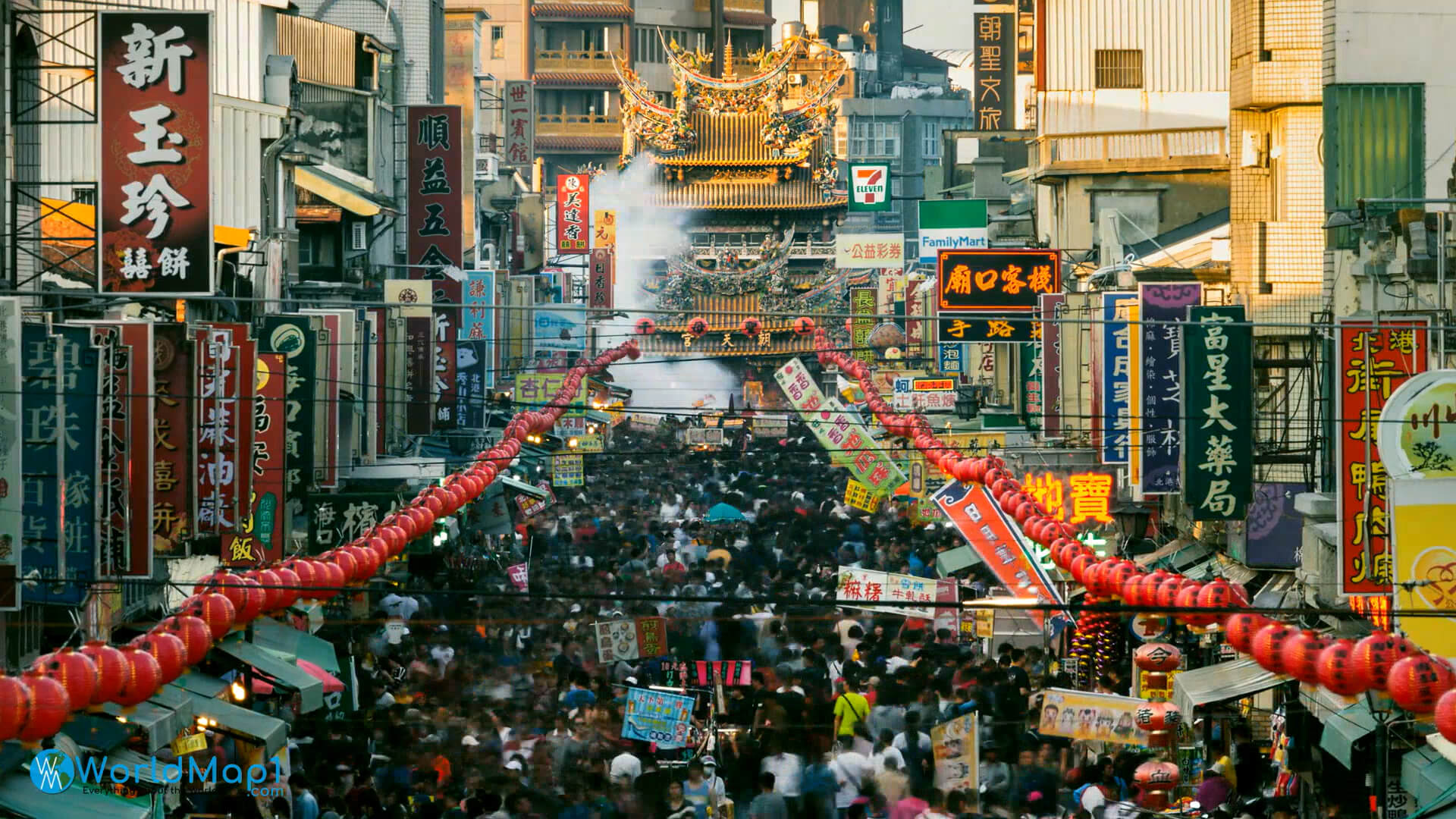
Population
Population: 23.5 million (2014 estimate)
The population of Taiwan is roughly 23.5 million people, according to 2014 estimates. That number is down from 24 million in 2010. Taiwan’s population has been declining ever since the end of World War II and its subsequent occupation by Japan (15th century – 1945). The birth rate in Taiwan has declined steadily since that time as well, which means that the country’s population growth will continue to decline until it reaches zero.
The average age of Taiwanese citizens is 39 years old; more than half are between 20 and 54 years old; one-third are between 55 and 64 years old; just under 10% are over 65 years old; while only 1% are younger than 14 years old. While there may be fewer children born every year, this doesn’t mean that there aren’t any young people in Taiwan—it just means that many moves away after completing their education at one or two universities located within Taipei City or elsewhere around the country (e.g., National Cheng Kung University).
While both these statistics might seem depressing for those interested in moving here permanently due to low birth rates coupled with high levels of emigration amongst young adults seeking higher paying jobs abroad after graduating college or university studies locally during their twenties’ prime working hours (which coincides with other countries’ prime earning potential), not all hope
Taipei
Taipei is the largest city in Taiwan with a population of nearly 3 million people. Taipei is the capital city of Taiwan and its political, economic, and cultural center. Taipei is home to the tallest building in the world—Taipei 101.
Official Languages: Mandarin Chinese, Taiwanese Hokkien, Hakka Chinese
If you’re traveling to Taiwan and plan on interacting with the local Taiwanese people, you’ll need to know that the official language is Mandarin Chinese. However, Taiwanese Hokkien (also known as Formosa Minnan) and Hakka Chinese are also common.
Taiwanese is a dialect of Chinese, but it is a different language from Mandarin Chinese and Cantonese. For example:
Mandarin: ?? (shàngxué), “to go to school”
Taiwanese: ?? (shàngxiàn), “to be online”
Taiwan’s Largest Cities
- 1. New Taipei – 4,000,164
- 2. Taichung – 2,809,004
- 3. Kaohsiung – 2,773,229
- 4. Taipei – 2,661,317
- 5. Taoyuan – 2,230,653
- 6. Tainan – 1,883,078
- 7. Hsinchu – 446,701
- 8. Keelung – 369,820
- 9. Chiayi – 268,474
- 10. Changhua – 232,505
Ethnic Groups
Ethnic Makeup: Taiwanese (84%), Mainland Chinese (14%), Aborigines (2%)
The majority of the population is Han Chinese, a group that comprises people from mainland China. The indigenous population is the Austronesian Taiwanese.
The Han Chinese population is made up of people from the mainland, and the Taiwanese aborigines. The latter are descendants of original inhabitants who have resided in Taiwan for thousands of years before being displaced by colonizers from China in 1683.
Religion
Buddhist and Taoist 93%, Christian 4.5%, other 2.5%
Conclusion
Hopefully, this article has given you a better understanding of Taiwan. If you’re planning on traveling there soon, it will be helpful for you to know what to expect. The country has a lot of history and culture that is worth exploring!
Please view more about Taiwan, and Taipei
A Collection of Taiwan Images and Photos
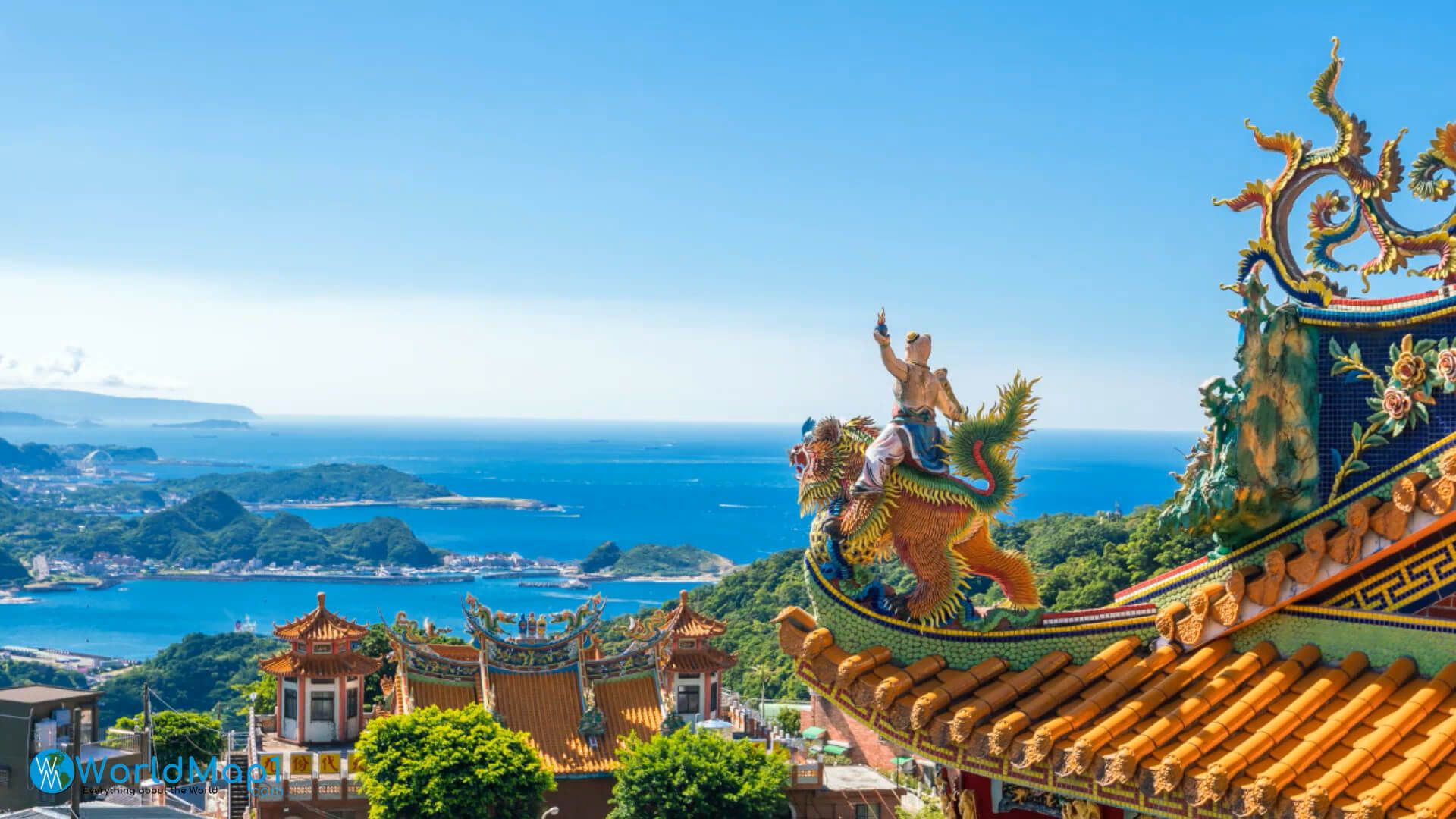
Where is located Taiwan on the World Map
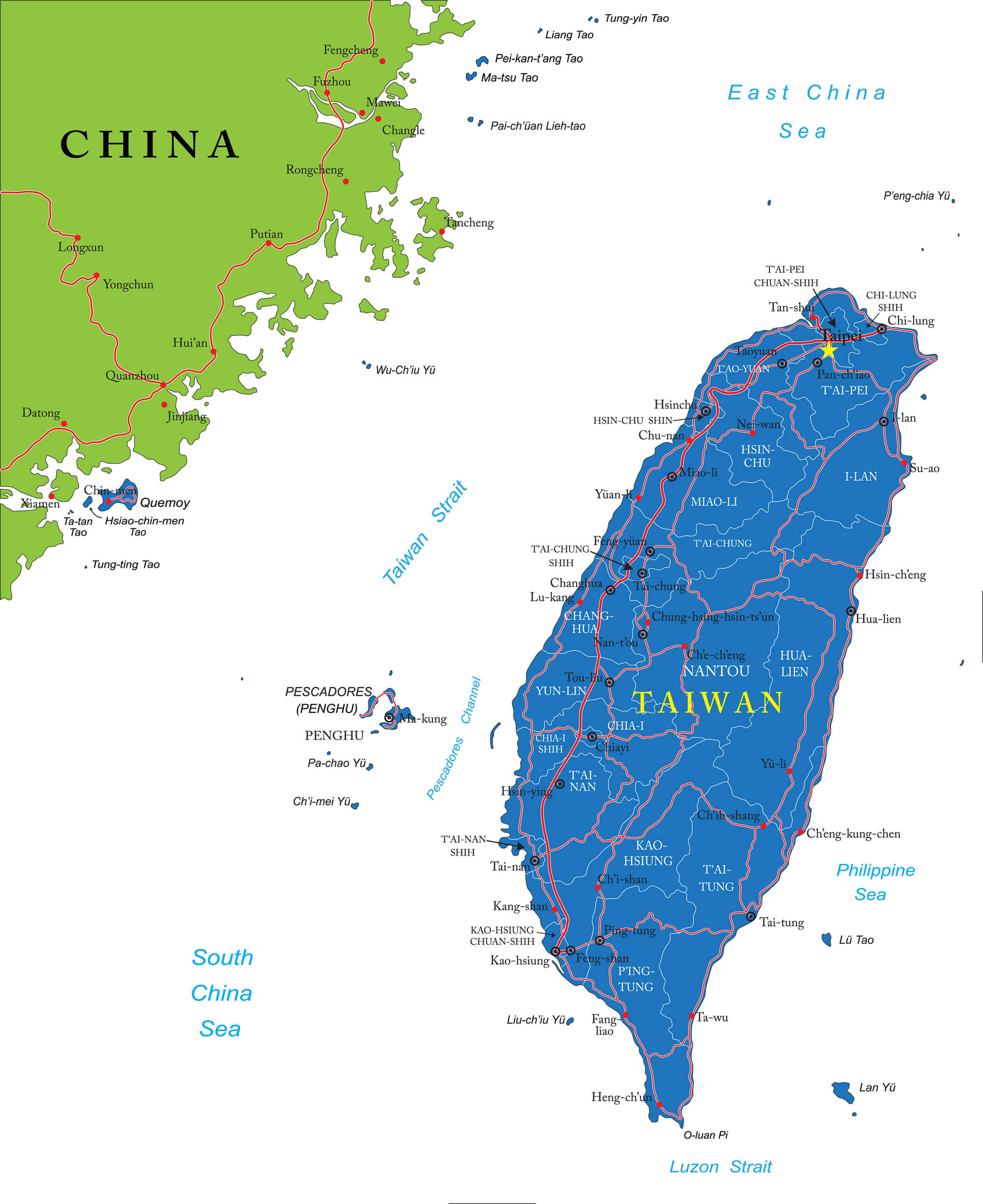
Where is located Taiwan in the World
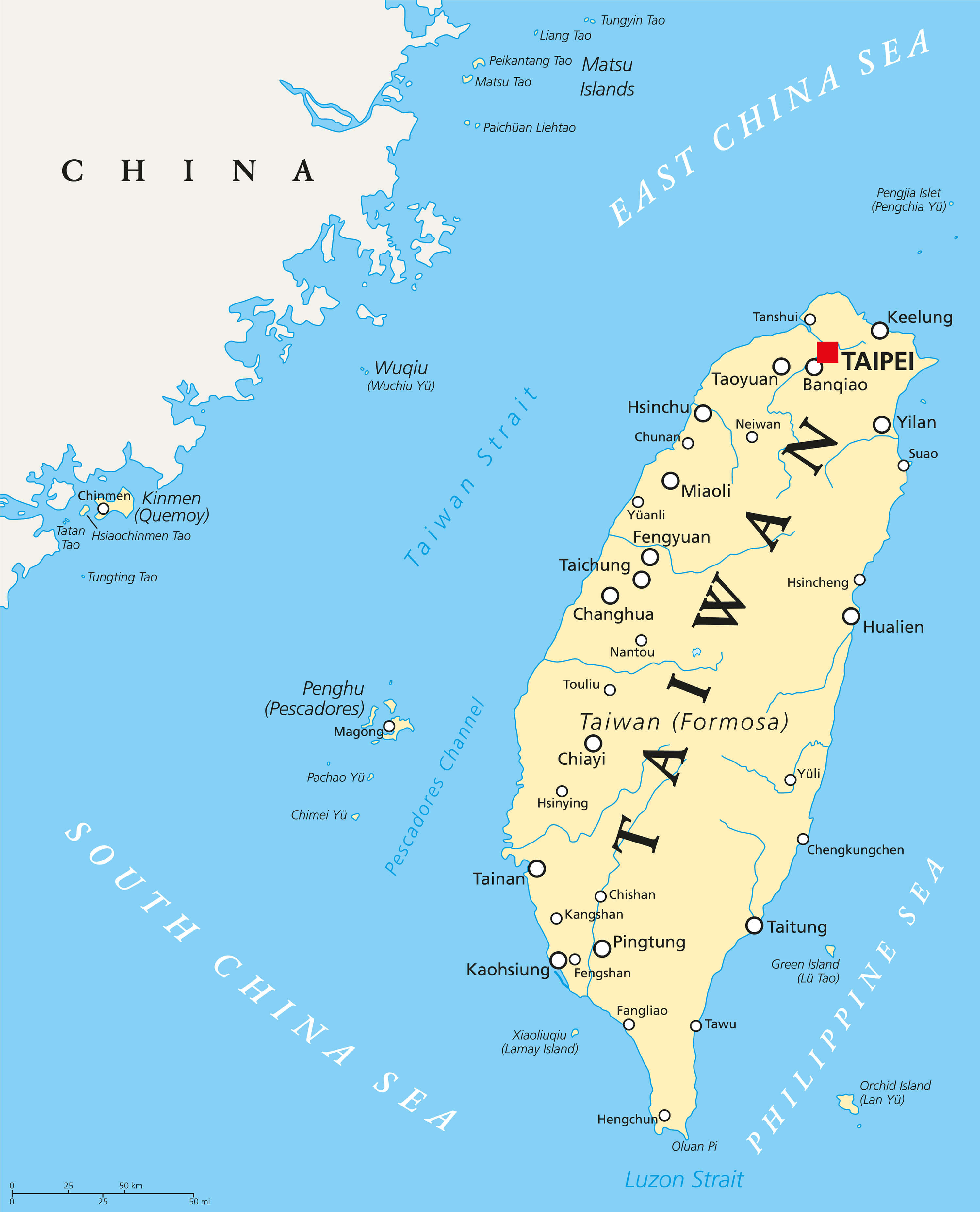
View More Taiwan Maps
Where is Taiwan in the World
High Detailed Taiwan Map
Taiwan Free Printable Map
A Colection of Taiwan Maps

